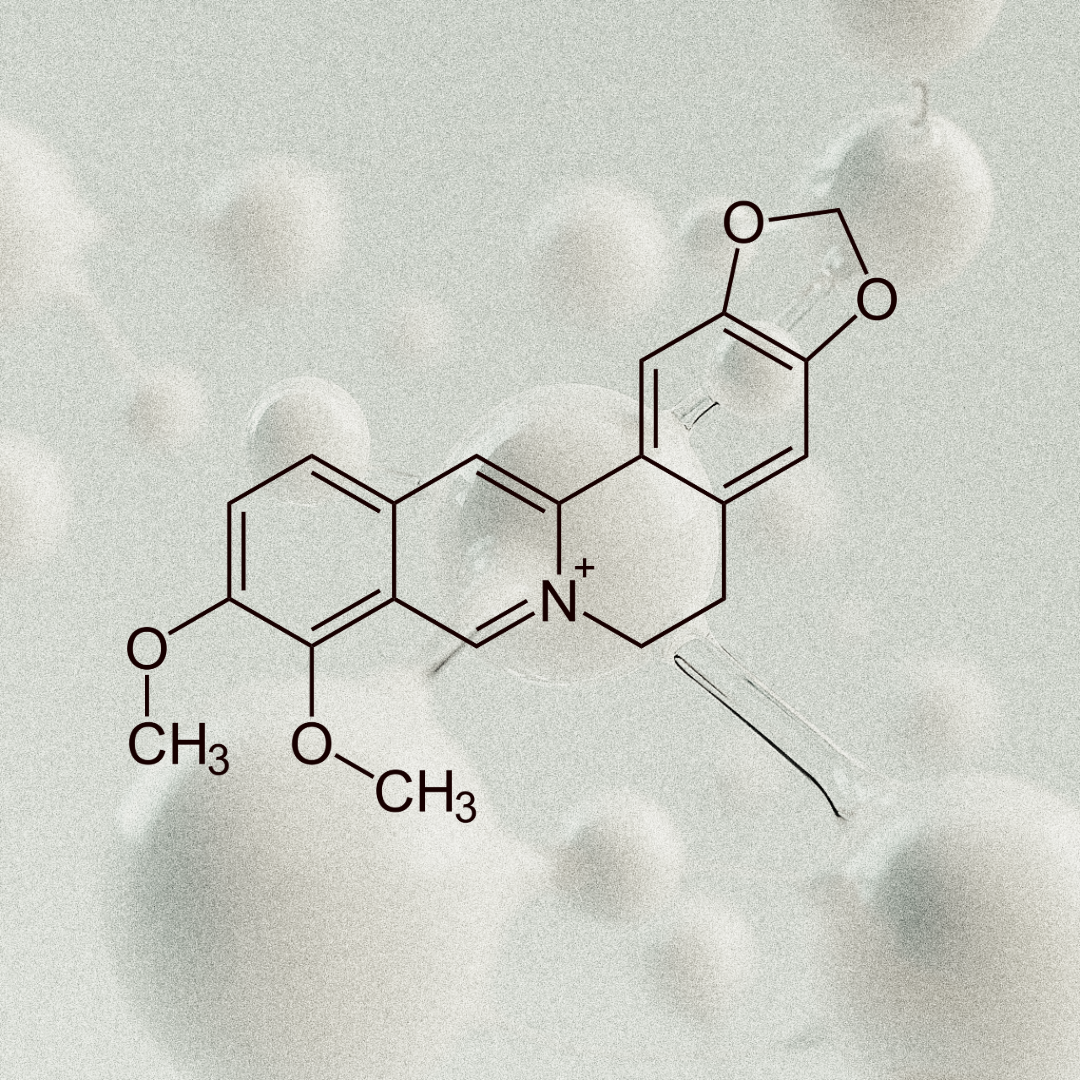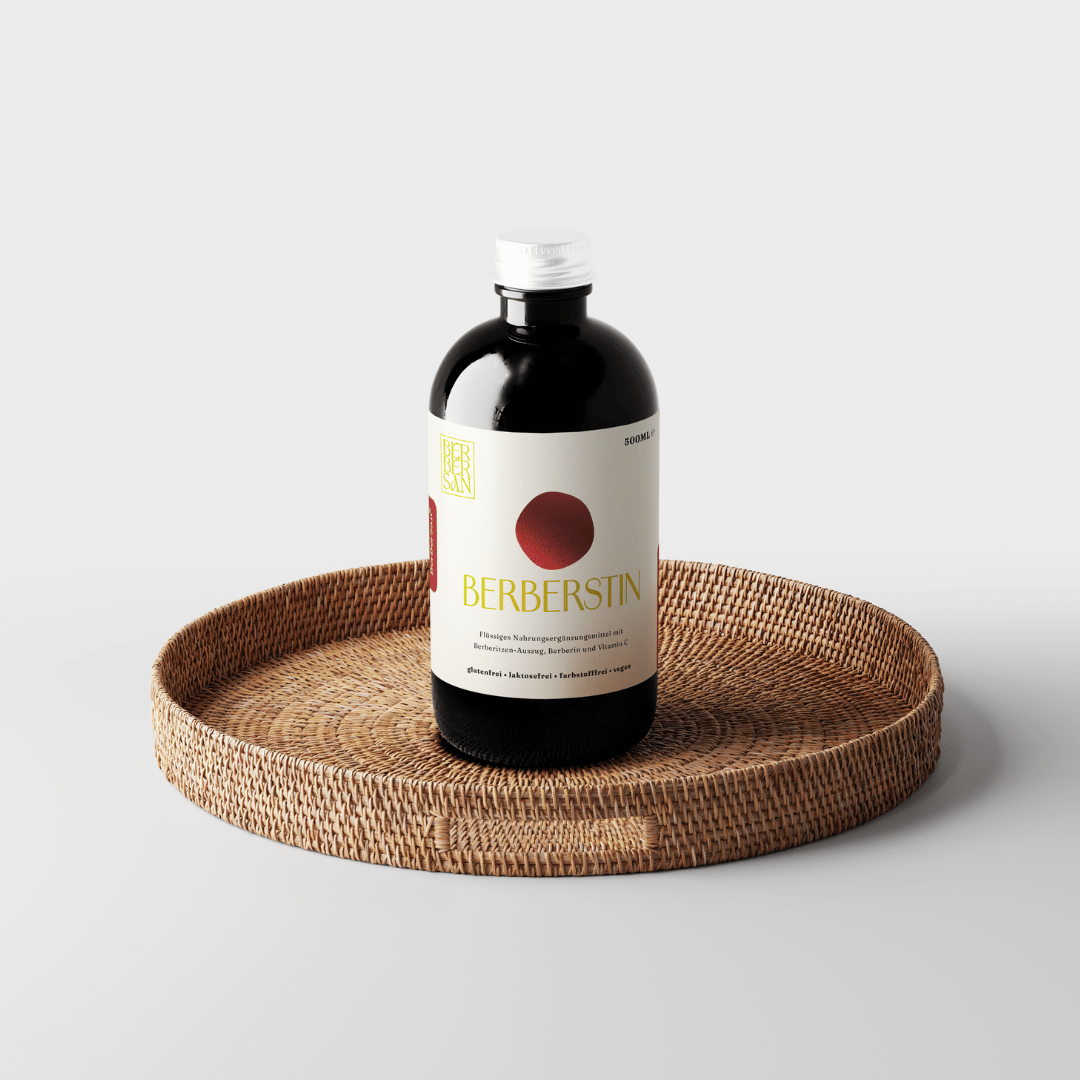In 2004, the renowned scientific journal Nature Medicine published an influential study identifying berberine as a potential cholesterol-lowering agent. Although this study was conducted several years ago, it still provides important insights into how berberine can help the body regulate cholesterol levels.
What is the study about?
The researchers discovered that berberine can increase the amount of the so-called low-density lipoprotein receptor (LDLR) in the liver. These receptors are responsible for breaking down LDL cholesterol in the body, and increasing the number of receptors could help remove more cholesterol from the blood. Berberine stabilizes the mRNA of the LDL receptor , which means the receptor remains active longer and can thus further lower blood cholesterol levels.
The results
The study showed that berberine may:
- could reduce LDL cholesterol by up to 25% ,
- could reduce triglycerides by up to 35% ,
- increases the production of the LDL receptor in the liver , which could improve cholesterol breakdown.
These results make berberine a promising candidate for supporting cholesterol regulation—especially for people seeking natural alternatives or who do not tolerate statins well. In short: In contrast to statins, which affect cholesterol levels by inhibiting cholesterol production in the liver, berberine works differently: It stabilizes the mRNA of the LDL receptor, which could support cholesterol breakdown in the body.
What this study still means today
Although the study is now older, it has played a key role in raising awareness of berberine as a natural substance that may contribute to cholesterol regulation. Especially for people seeking herbal support, this research shows that berberine may play a role in combination with a healthy lifestyle.
Research on berberine has evolved since 2004, but this study remains a milestone that has opened the door to new, natural health support options.
Source: Kong, W., Wei, J., Abidi, P. et al. Berberine is a novel cholesterol-lowering drug working through a unique mechanism distinct from statins. Nat Med 10 , 1344–1351 (2004). https://doi.org/10.1038/nm1135





